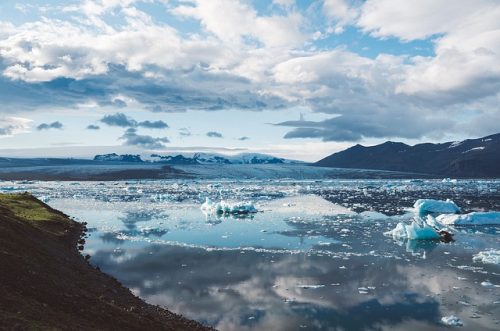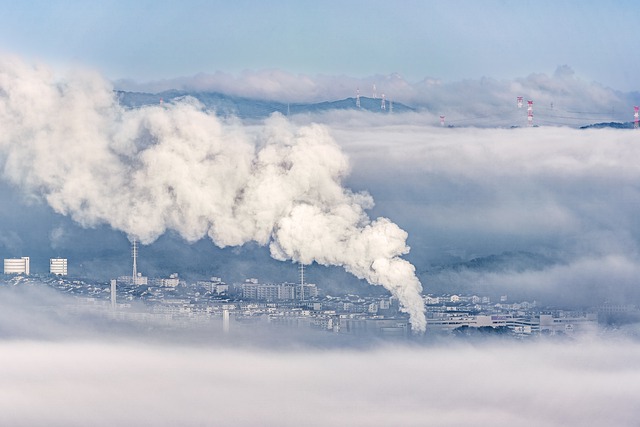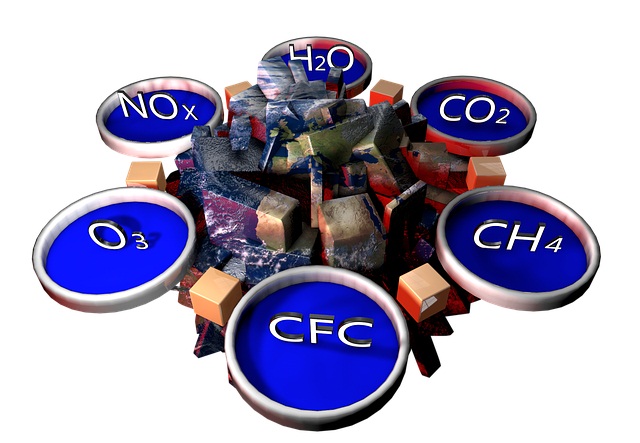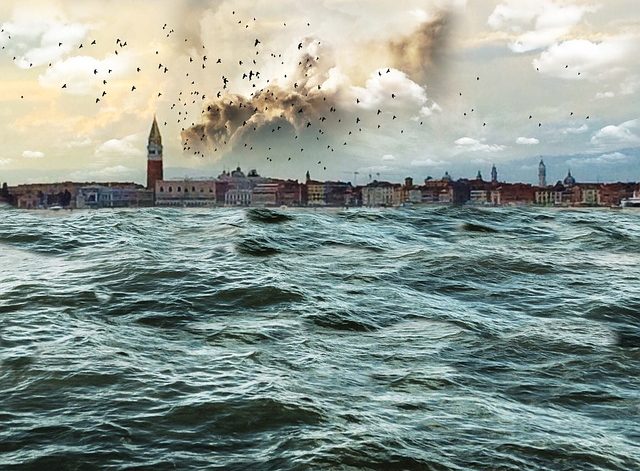What is meant by Black soot and Ash?
Black soot is the fine particles that are produced as a result of incomplete combustion particularly by burning wood for fire or as fuels in engines. Since black soot is composed mainly of carbon, it is also known as Black carbon. The fine particles of soot can absorb sunlight which gives it the black color.
It is usually composed of particulate matter, carbon and other organic substances and is darker than ash. It is what usually covers the walls and chimneys of homes and factories because they are gaseous particles light enough to float.
Ash is the residue left by the incomplete combustion of these materials as well, but they can be recognized by their lighter color (greyish) and as they are heavier than soot, they do not float upwards and stick to the walls, instead they fall to the ground and remain as a by product of the incomplete combustion.
Ash is solid, powdery residue composed of incombustible metals and other inorganic substances.
For more information read: Blackening Glaciers of World -Carbon Black Deposition Impact
Causes and Sources of Black Soot and Ash Deposition on glaciers:
- Black soot is formed as a result of incomplete combustion of fuels, biofuels and biomass as well as burning fossil fuels in engines like petroleum, diesel etc., coal mines. It also results from the domestic use of cooking stoves, woodfires and anything that is organic in nature. Black soot can be further burned to remove the carbon from it and leaves the ash behind which contains constituents that can be burned no more.
- Ash is formed as a result of incomplete combustion of wood, burning other stuff like paper, clothes and anything that results in a white-greyish residue indicating that it cannot be burned further. It usually contains inorganic metals like calcium, magnesium, phosphorus etc. that cannot be combusted. Moreover, Ash may also be released in the form of Volcanic Ash naturally along with dust and other particulate matter.
Both ash and soot are formed similarly due to incomplete combustion, however, the composition and particle size of both are different.
How are Black soot and Ash deposited on Distant Glaciers?
Ever since the Industrial revolution, the emissions from the industries, cars, domestic stoves and other processes that require combustion as part of their process has been accumulating and moving in the atmosphere globally. These emissions contain not only contain harmful gases like SOXs and NOXs but also particulate matter in the form of soot, dust and ashes.
Also check out: Impacts of Transboundary Pollution on Pakistan.
There are 2 ways in which the debris and soot may be deposited on the ice:
Since soot particles are lighter, they can easily be transported in the atmosphere to different places and when they reach the cooler arctic regions, they may slow down and deposit themselves on the high glaciers. On the other hand, ash being heavier doesn’t mean it cannot be transported, other factors like wind, deposition of ash on landfill sites without cover that can be easily blown away, water polluted by ash and other debris that reaches the glaciers may be deposited as well.
There are different types of polluted glaciers. Some glaciers have been influenced by natural ash deposition from volcanic eruptions overtime like in Iceland and New Zealand, some glaciers have been influenced by dust as seen in Nepal and Switzerland whereas some directly have soot depositions on bare glaciers in Norway.

A lot can be learned about the glaciers by the amount and color of the deposits.
You may also like: Glacier Melting and Glacial Retreat- Causes, Effects and Solutions
Effects of Soot & Ash Deposits on Glaciers:
- Reduced Albedo: Glaciers are icy mountains that float under their own weight. Ice and snow have high albedo– a term used to describe the high reflectivity of snow and ice that prevents them from melting. We know that radiations are absorbed strongly by darker colors (black) and least by lighter colors (white). Therefore, due to the white color of the snow and ice, less sunlight is absorbed and almost all of it is reflected back. Soot and Ash deposition on the glaciers means there are layers of dark materials and hence the albedo is reduced as the darker color absorbs solar radiation and speeds up the melting of the glacier which is very dangerous as it leads to sea level rise.
- Polluted Water ways: Many locals living in areas with glaciers rely on meltwater from these regions as their primary drinking water source. If these meltwater contains ash and debris it is harmful for the health as soot and ash contain many carcinogens. Read, Urgency of Climate Justice for Mountain Communities of Pakistan
- Faster Glacial Melting: Increased deposition means a reduced albedo which in turn indicates faster glacial melting. This may cause sea level rise and increased likelihood of floods especially in coastal regions.
- GLOFs: Glacial Lake Outburst Floods. These are instances when the extreme melting of the glaciers affect mountain communities and those living in the region by disastrous floods due to ice-dam failure. This leads to loss of life and property and it is caused by global warming. You may want to read, Glacial Lake Outburst Floods In Pakistan- Causes and Effects
- Positive Feedback Mechanism: as global warming causes sea temperatures to warm and their levels to rise. This causes an increased albedo of the ocean which therefore absorbs more heat. This in turn causes more sea ice and glaciers to melt. As these melt there will be less ice to reflect the solar radiation and thus, this loop continues. The snow-ice albedo is a very strong positive feedback cycle in which the glaciers continue to melt with rise in temperature caused by global warming.
Also, Check out Third Pole is Melting-Himalaya-Hindukush-Karakoram Glaciers
We hope you liked this post! Please comment below if you have any suggestions, comments or feedback! We at #envpk love hearing from readers! Thanks




